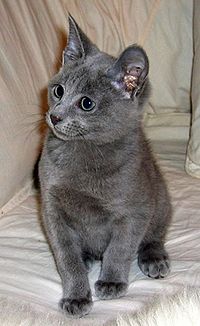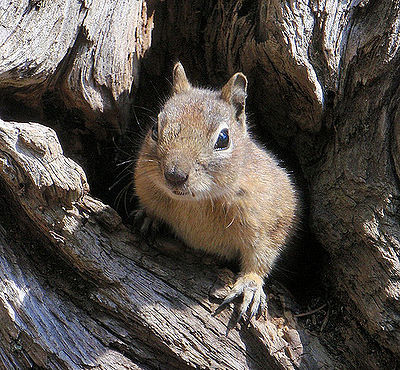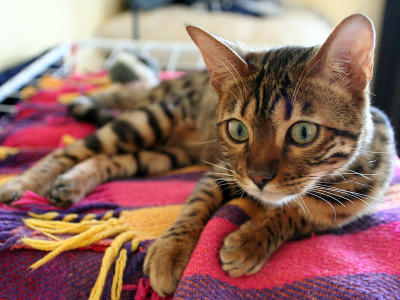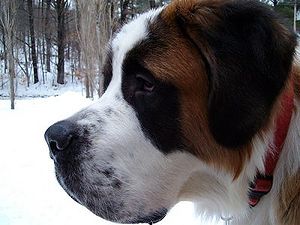It is a little-known fact that there are seven Swiss dog breeds. The Schweizerische Kynologische Gesellschaft (SKG) (the Swiss equivalent of the Kennel Club) works to promote these breeds in Switzerland and abroad. In the 19th century, a Saint Bernard named Barry who lived in a monastery in the Alps, saved at least 40 people […]
History and Culture
Pets have been around since ancient times, although the pet industry has grown and changed over time. Pets have an ancient history as well as a broad geography. They play a role in religion, art and politics.
Our treatment of animals varies from society to society and has changed a lot throughout history. The articles in this category tell the story of pets in our history and culture. Special attention has been given to countries around the world: the history and attitudes toward animals in each one.
- When euthanasia goes wrong
- Australia
- South Africa
- Italy
- Afghanistan
- Egypt
- Middle East
- Iran
- China
- Poland
- Spain
- Canary Islands
- Great Barrier Reef
- Indian Ocean
- Finland
- Israel
- Wales
- United States of America
- Tibet
- Thailand
- Sweden
- Switzerland
- Russia
- Scotland
- Portugal
- Norway
- Netherlands
- Japan
- Ireland
- Hungary
- Germany
- France
- England
- Canada
- Brazil
- Belgium
- George the Guinea Pig
- Rest in Peace Sam Simon
- Exotic Pets in History
- Well-Known Animal Trainers
- Movie/TV Cowboys and Their Horses
- Nathan J. Winograd
- Emperor Caligula and Incitatus
- Famous Veterinarians
- Beatrix Potter
- C.S. Lewis
- Anna Sewell
- U.S. Presidents and their Pets
- Alexander the Great and Bucephalus
- Pets in the Civil War
- Comanche – a Horse
- Black Jack
- Steve Irwin
- Winston Churchill’s Pets
- U.S. State Animal and Bird Symbols
- What Makes an Animal a Pet
- Why Do People Keep Wild Animals as Pets?
- Westminster Dog Show
- Horses in Warfare
- History of Pet Fish
- When Were Farm Animals Domesticated?
- Most Popular Cat Names in 2010
- Most Popular Dog Names in 2010
- History of Pets
- Poseidon and the Horse
- Single Women and Cats
- Pets in Literature
- Pets in Art
- Native American Animal Symbols
- Idioms Relating to Animals
- History of Pet Parrots
- Anthropomorphism of the Family Pet

Russia
Russians have a long tradition of loving pets. The 19th century painter Velentin Serov famously portrayed Madame Yussoupova with her Pomeranian in the last days of the Russian Empire. Other painters of that century also painted noblemen with their pets. During the Communist era, space and economic limitations prevented most Russians from owning pets. Since […]

Scotland
In Scotland, it was once believed that being followed by a black dog was an omen of death. The Clydesdale Horse was named for Clydesdale, Scotland, now known as Lanarkshire. Legend has it that when Mary, Queen of Scots was executed in 1587, she walked to the scaffold with a tiny dog hidden in her […]

Portugal
Some animals that live in Portugal are the wild goat, wild pig, fox, Iberian hare, wolf, lynx and deer. Portugal lies on the winter migration route of western and central European bird species, so many birds can be seen in the peninsula. Conservation Since Portugal joined the EU, massive redevelopment with money from the EU […]

Norway
Norway is home to many wild animals. These include brown bears, squirrels, elks, lynx, hares and deer. The arctic regions of Norway are home to polar bears, arctic foxes and reindeer. Conservation 78 bird species, 44 fish species, 31 mammals and 5 reptiles are seriously endangered in Norway. The main culprit is land use such […]

Netherlands
The Netherlands, or Holland, has a maritime climate which is cool in the summer and mild in the winter. This makes the country ideal for dairy farming and raising livestock. Some animals native to the Netherlands are the beech marten, the long-finned pilot whale, the Netherland dwarf rabbit, as well as wild boar, elk and […]

Japan
Pet ownership is very widespread in Japan. The Japanese keep dogs, cats, goldfish, tropical fish, turtles, ferrets and hamsters. The declining birth rate in Japan may be one reason that pets have become so popular. Many Japanese treat their pets as members of the family. Before the advent of dog food in Japan, Japanese dogs […]

Ireland
In ancient Ireland, cows were a symbol of wealth and were the standard of value for prices, wages, and marriage portions. Pigs were also commonly kept, by both rich and poor, as they could be fed by being turned out in the woods to eat whatever was available. Sheep were kept both for food and […]

Hungary
Hungary is home to many bird species. There are 373 species whose largest European populations are in Hungary. Birdwatching is a popular past-time in the country, especially in national parks. Some of the common birds are the Great Bustard, Saker, Imperial Eagle, Red-footed Falcon, Lesser White-fronted Goose, Aquatic Warbler, Black and Grey Headed Woodpecker, Red […]

Germany
Germany has a long tradition for breeding dogs. The German Shepherd is the most famous dog bred in Germany although it is a latecomer, originating in 1899. Germany is also home to hedgehogs, groundhogs and squirrels, although these animals are not suitable as pets. In 1933, the Third Reich passed extensive laws for animal protection. […]

